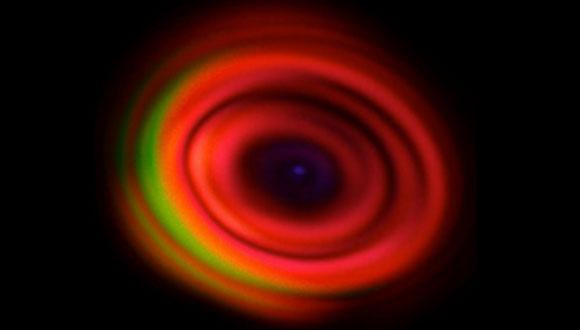LMI Seminar: Why does an ion in an ultracold bath heat up?
Dr. Ziv Meir, Weizmann institute
Abstract:
Understanding atom-ion collision dynamics is at the heart of the growing field of ultracold atom-ion physics. In our system, we overlap a ground-state cooled 88Sr+ ion with ultracold 87Rb atoms [1]. We measure the ion’s energy distribution using narrow optical clock spectroscopy after few collisions and using Doppler re-cooling thermometry in steady-state. Despite the fact that both species start at μK temperatures, we observe heating of the ion to mK temperatures after few collisions. We also observe a deviation in the energy distribution from Maxwell-Boltzmann, characterized by an exponential tail, to one with power-law tail best described by Tsallis function. These phenomena are explained by the oscillating electric fields of the rf Paul trap which couples energy to the system via collisions with the atoms [2]. The non-equilibrium dynamics is manifested in the power-law distribution of the ion's energy. In our system, the main heating mechanism is the reaction of the polarization potential on the ion's motion during a collision with the atom [3]. This effect is intrinsic to ion Paul traps and sets the lower energy limit to atom-ion collisions in these systems.
In this talk I will review this work [1] on elastic processes and also new experiments involving in-elastic process such as spin-exchange, charge-exchange and excitation-exchange.I will also discuss a new method for directly measuring the ion’s energy in a single shot. This method allows us to reconstrunt the ion’s energy distribution and to observe dynamics far from steady-state.


